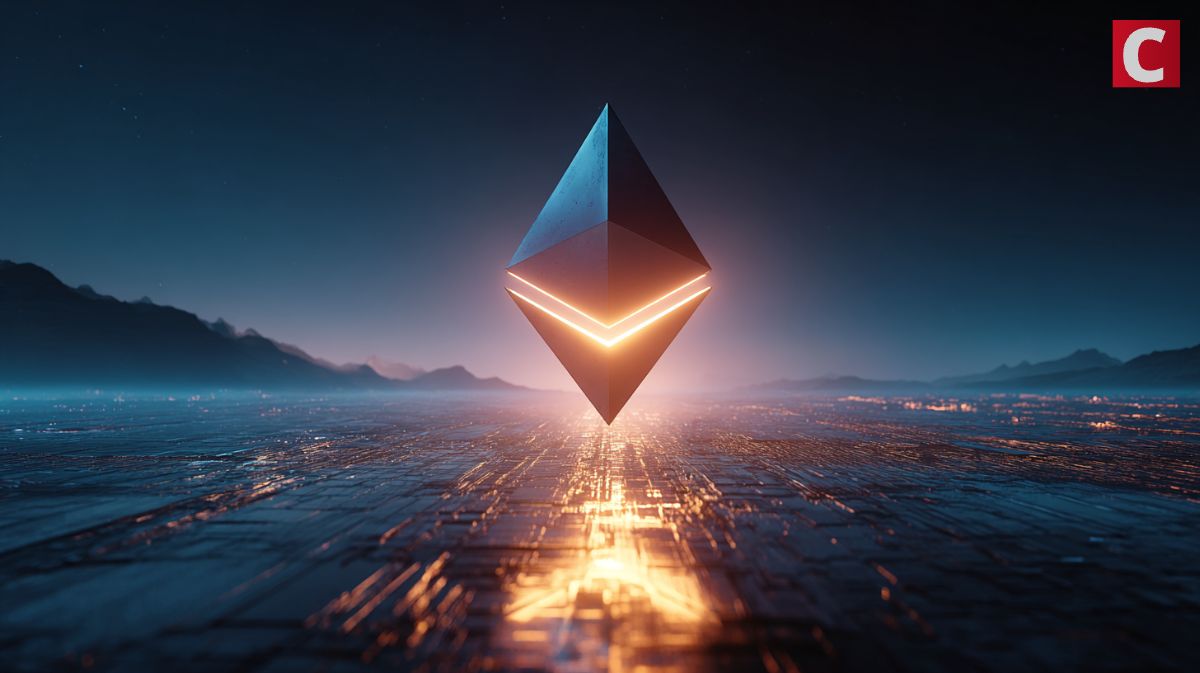
September 25th, 2025
Stay informed about the latest Solana (SOL) news, including market updates, partnerships, innovations, and other related events.
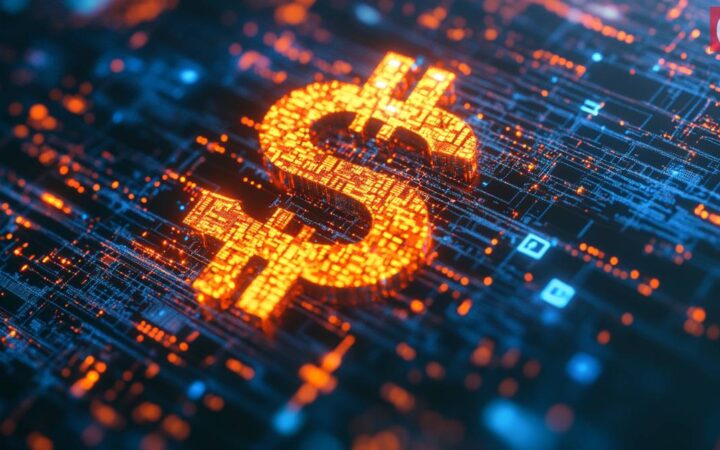
Solstice Finance announces strategic partnerships with Chainlink, Ceffu, and Copper to support the launch of USX, a new synthetic stablecoin on Solana featuring cross-chain interoperability and institutional-grade security measures.

Analysts and market watchers are expecting the Solana price to hit $300 soon. Their optimism stems from the growing number of SOL treasury firms.
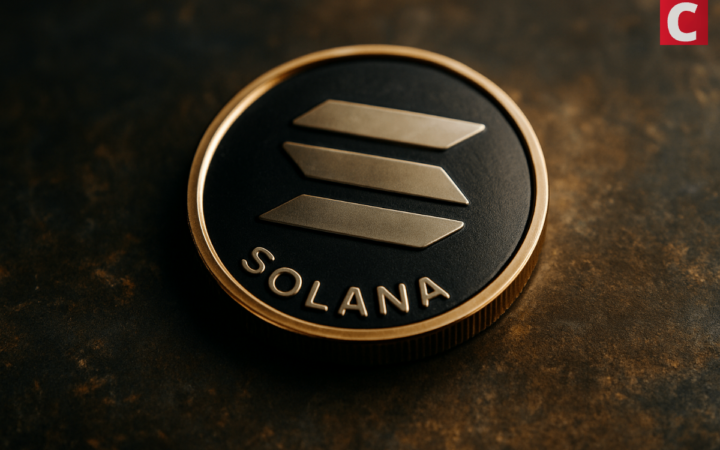
The NASDAQ-listed company will use Superstate’s Opening Bell platform to tokenize its FORD shares, enabling 24/7 trading and DeFi integration.
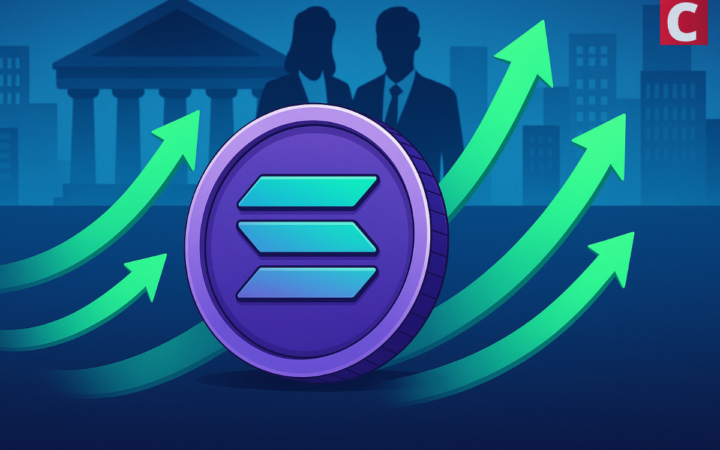
Solana took the crypto ecosystem by surprise with weekly inflows of more than $127 million in a 7 day shift led by Bitcoin and Ethereum.
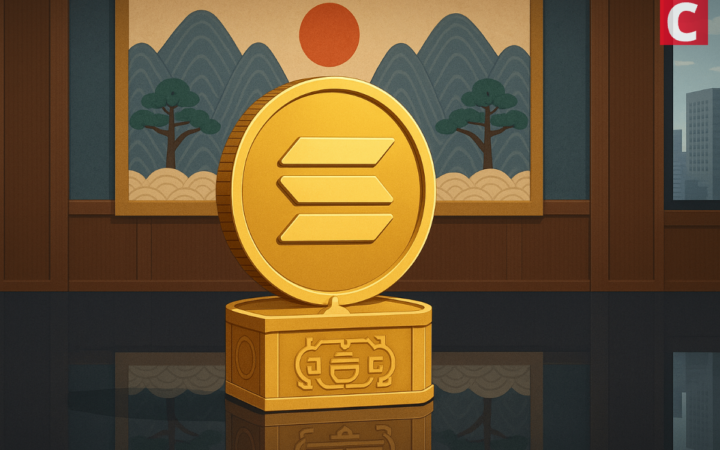
Solana’s first corporate treasury in South Korea has been announced by DeFi Development Corp and Fragmetric Labs.

Anatoly Yakovenko, Solana co-founder, recently spoke on how advancing quantum computing puts Bitcoin cryptography at great risk.

Helius Medical Technologies raised $500 million for Solana treasury reserves, becoming the second-largest SOL holder. Meanwhile, staking deposits increased by $2.5 billion as the token trades at $236.82.
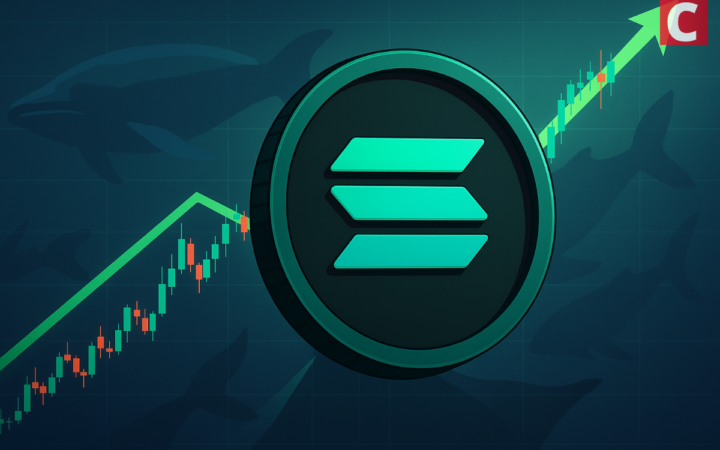
Solana price is testing the $250 resistance, with analysts projecting a potential rally to $500 and possibly $1,000 by 2026.
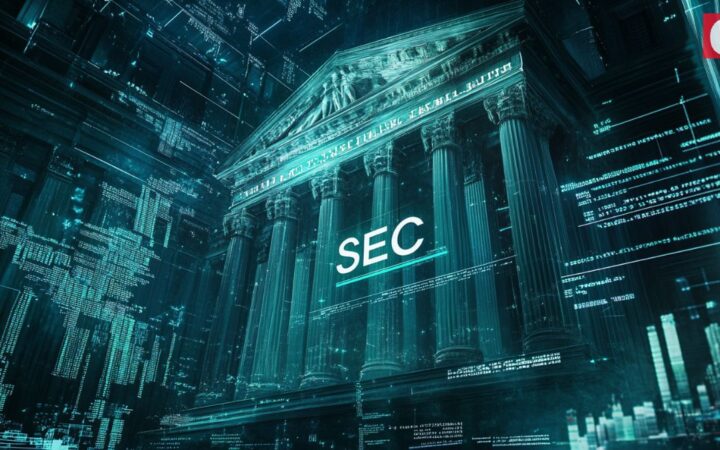
Grayscale’s Crypto Large Cap Fund (GDLC), holding Bitcoin, Ethereum, XRP, Solana, and Cardano, received SEC approval for its NYSE Arca debut soon.
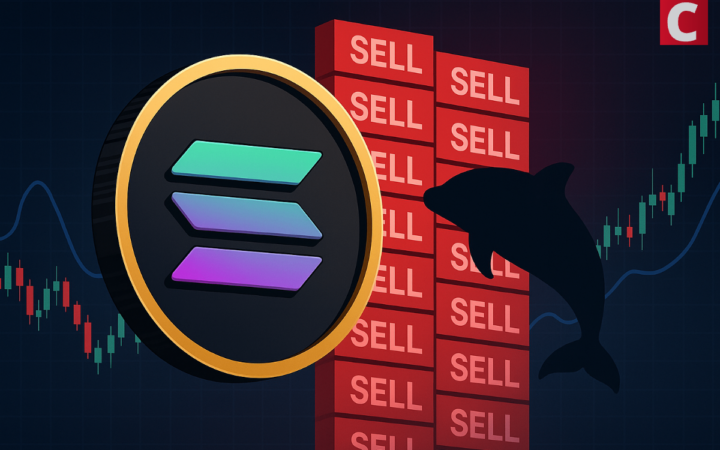
Solana is trading flat as it faces a critical resistance and a potential whale sell-off ahead.
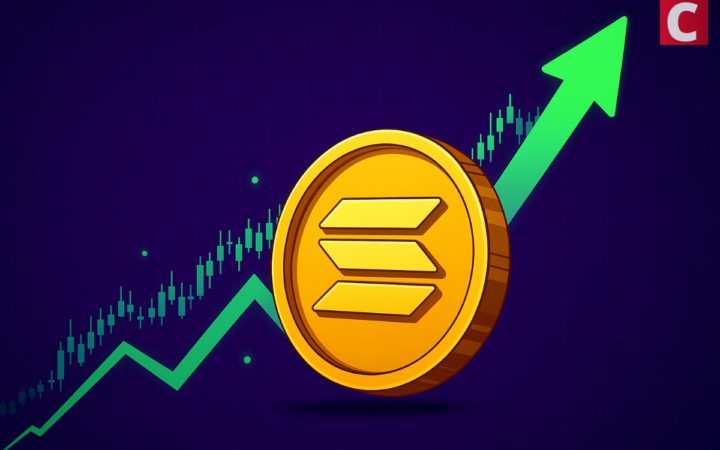
Pantera Capital founder Dan Morehead revealed the firm holds $1.1 billion in Solana (SOL), its largest crypto position currently in the portfolio.
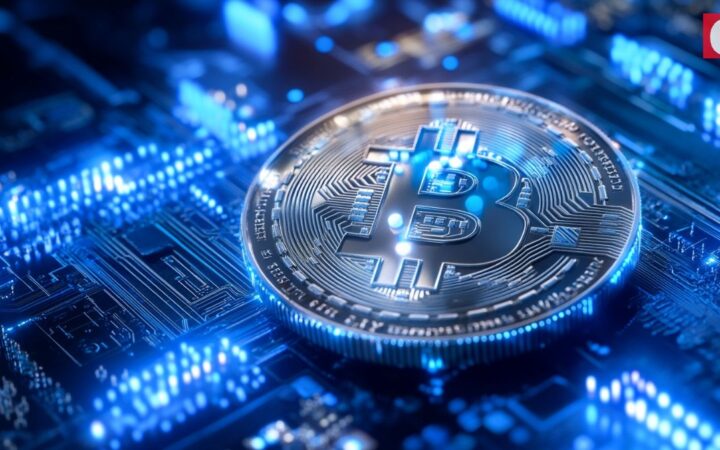
Digital asset investment funds pulled in $3.3 billion last week, led by $2.4 billion in Bitcoin inflows, pushing assets under management to $239 billion.
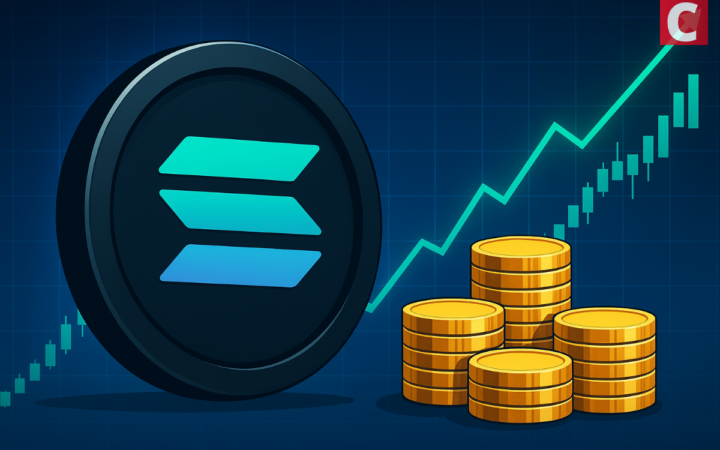
Galaxy Digital bought 1.2 million Solana in 24 hours, raising the total to 6.5 million as ties to Forward Industries raise big questions.
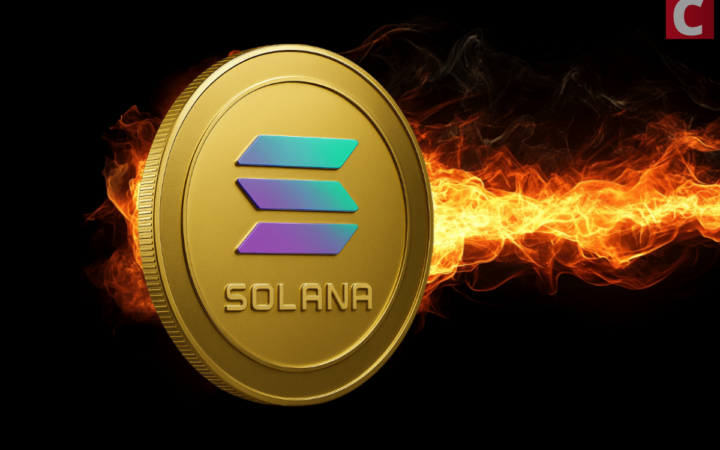
Solana dominates crypto trends with SOL up 5.74% and ecosystem tokens BONK, JUP, and RAY among top gainers, fueled by the Alpenglow upgrade’s 98% approval and major liquidity injections.
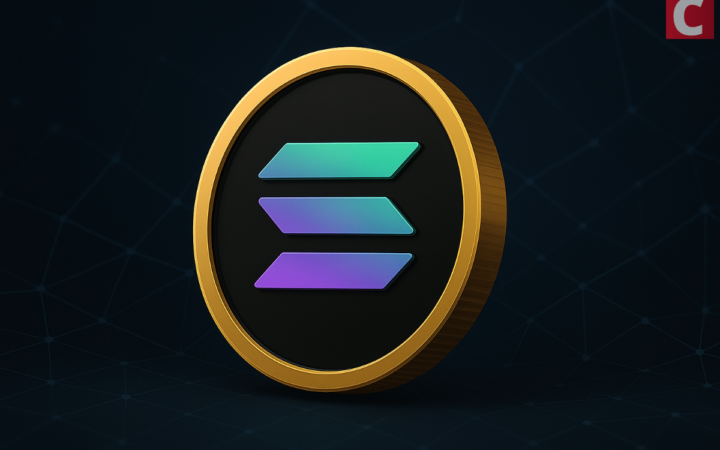
Solana extended its winning streak with a 2% rise to $228, boosted by $20M inflows from Chinese fashion brand MOGU and a $5M BONK purchase by Nasdaq-listed Safety Shot. With a golden cross forming and RSI at 65, SOL eyes resistance at $240–$250 while holding key support near $217.
Solana SOL $199.6 24h volatility: 6.8% Market cap: $108.49 B Vol. 24h: $9.36 B has become one of the most influential blockchain platforms, with its native SOL token having a larger market capitalization than most of the market. Co-founded by Anatoly Yakovenko, the network was officially launched in 2020, two years after publishing its whitepaper. The main aim of Solana is to improve network and transaction scalability by supporting a high throughput – over 60,000 transactions per second (tps).
The high scalability makes the Solana blockchain one of the most preferred platforms for decentralized applications (dApps) and non-fungible tokens (NFTs). Solana achieves this scalability by using a unique consensus mechanism called Proof of History (PoH). The mechanism creates a cryptographic timestamp that establishes an order for transactions before adding them to the blockchain. This way, transactions are processed much faster than other networks.
The scalability provided by the Solana blockchain is attractive not only to users but also to creators developing essential dApps. The blockchain hosts notable tools, including the decentralized exchange (DEX) platform Serum and automated market maker (AMM) Raydium. Also, Solana offers Solana Pay, a payment framework that allows businesses to execute cheaper digital transactions.
With a growing library of applications and an active developer community, Solana is unsurprisingly a popular blockchain option. Its position is expected to improve as Solana capitalizes on its scalability solutions to attract more users and developers, which helps to maintain its position as a trusted player in the decentralized ecosystem.
Solana is a high-performance network designed to bring speed and efficiency to several blockchain applications, including payments, finance, NFTs, and gaming. The SOL token is also sometimes used as an investment channel by investors who understand the inherent risks.
Solana achieves its high speed through a unique consensus mechanism called proof-of-history (PoH). Unlike the proof-of-work (PoW) algorithm used by Bitcoin and the proof-of-stake (PoS) used by Ethereum, the PoH consensus mechanism achieves high throughput by using timestamps to establish transaction order, before processing. This way, blockchain validators do not require extensive communication and can process transactions quickly.
Like many other cryptocurrencies, Solana’s history of healthy price upticks has created several millionaires over time. However, all holders and would-be investors should note that pre-investment research is essential because of the risks cryptocurrencies carry.
There is no minimum amount of SOL required to be a validator. However, the more SOL tokens staked, the higher the chance of being selected to validate transactions and earn rewards.